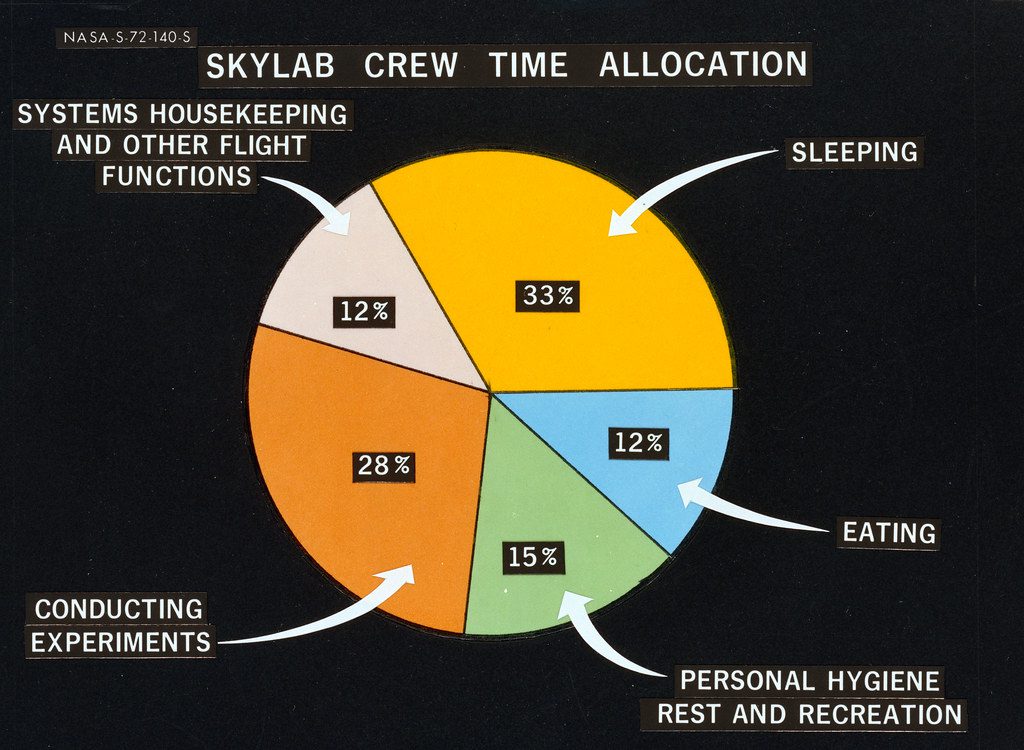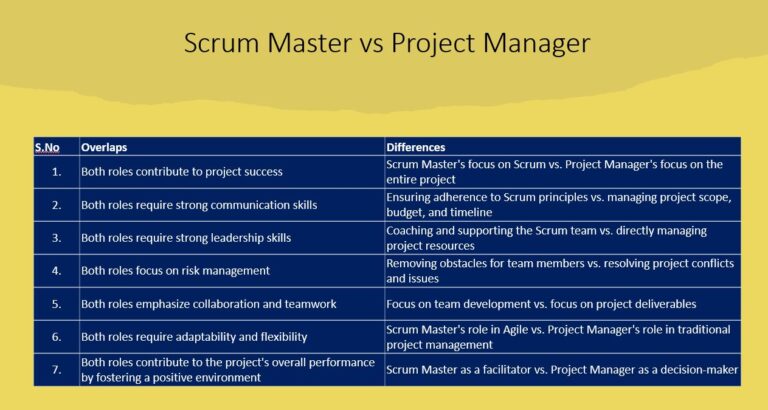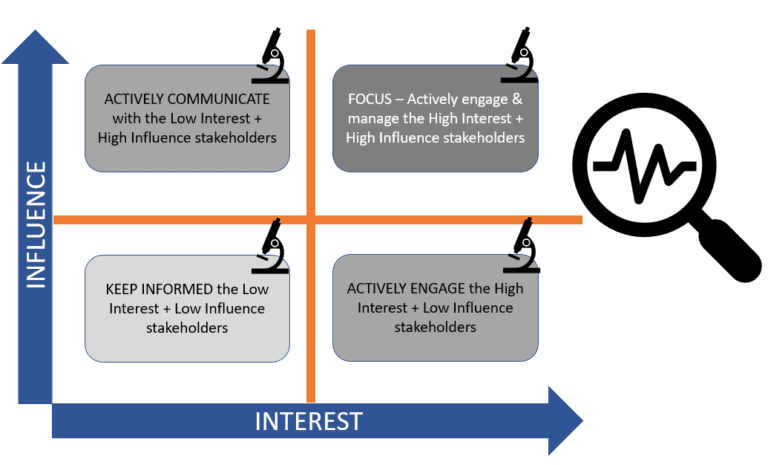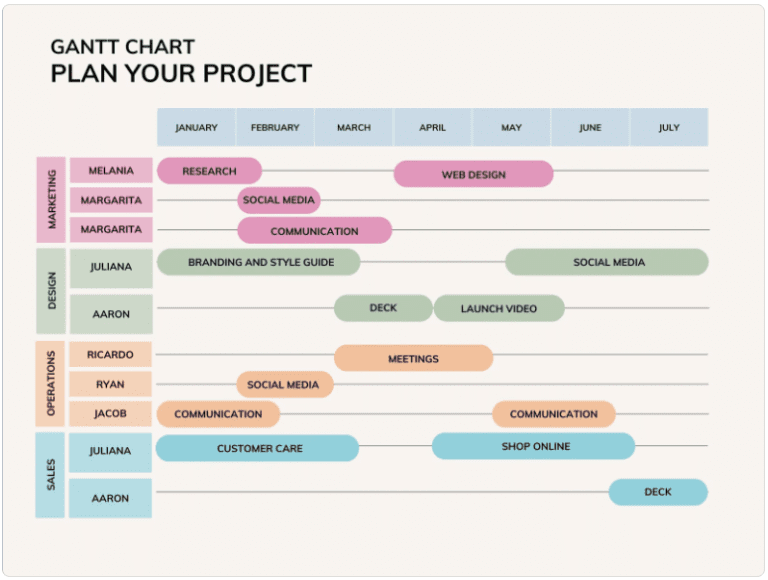Useful Workforce Planning Tools and Analytics in 2023

A workplace is continuously in flux – new recruits come on board, longstanding employees retire and fresh roles are established to satisfy the organization’s needs. It falls upon HR to ensure that there aren’t too few nor too many staff members, with each one having the capabilities necessary for their work. That makes deploying powerful workforce planning tools a necessity.
What Is Strategic workforce planning & Why Do you Need Strategic workforce planning tools?
Strategic workforce planning is a process that helps organizations align their future workforce needs with their overall business strategy. This process involves analyzing internal and external factors that impact the workforce, such as demographic trends, labor market conditions, technological advancements, and regulatory changes.
The goal of strategic workforce planning is to ensure that the organization has the right people in the right roles at the right time to achieve its business objectives.
Business leaders recognize the importance of strategic workforce planning as it enables them to make informed decisions about the size, composition, and skills of their workforce. By analyzing employee data, HR professionals can identify skills gaps and develop a plan to address them. They can see talent gaps and also use compensation and benefits analysis to attract and retain top talent.

Scenario planning is an essential tool in strategic workforce planning for the HR department. This strategic workforce plan planning model involves creating hypothetical scenarios that simulate different business environments, such as economic downturns or technological disruptions. Scenario planning enables organizations to anticipate potential workforce challenges and develop strategies to mitigate them. They also define the organizational strategy around hiring and downsizing.
Workforce planning software is another critical tool that can help organizations streamline their workforce planning processes. These tools enable HR departments to collect and analyze employee data quickly and accurately, making it easier to identify skills gaps, track workforce trends, and develop workforce plans. Many organizations also use these tools to build the performance potential matrix.
The workforce planning process typically involves four steps: environmental scanning, workforce analysis, gap analysis, contingency planning and action planning. Environmental scanning involves analyzing external factors that could impact the workforce, such as changes in the labor market or regulatory environment.
Workforce analysis involves collecting and analyzing employee data to identify skills gaps, employee turnover rates, and other key workforce metrics. Gap analysis involves comparing the organization’s current workforce to its future needs to identify any gaps that need to be addressed. Finally, action planning involves developing strategies to address workforce gaps and align the workforce with the organization’s overall strategy.
1. HR Analytics

HR Analytics is a suite of data-driven business strategies and solutions that give you insight into your employees’ performance, engagement, and productivity. It can also assist in making more effective employee recruitment and retention decisions.
Starting a HR Analytics journey necessitates collecting and monitoring high-quality data. This can be accomplished through various methods such as employee surveys or feedback systems.
Once the data has been collected, it needs to be cleaned and processed. This can be accomplished using various tools like advanced analytics software or machine learning algorithms.
HR Analytics should collect data from multiple sources and make it easily accessible in a reporting system. This is essential, as it gives HR departments access to necessary information quickly and efficiently. HR Analytics solutions should enable HR teams to gather data from multiple sources for future analysis, improving your business’ ability to use analytics for driving value creation – an essential ingredient for success.
No matter where you’re at with HR Analytics, there are plenty of opportunities to hone your skills and maximize its potential. Download our free eBook The Beginner’s Guide to HR Analytics today to begin your journey!
2. Employee Engagement
Employee engagement is a critical factor for any business’ success. Having highly engaged employees results in greater productivity, increased profitability, improved morale and an all-around happier workforce.

Having the correct workforce planning tools can help your organization enhance its employee engagement strategy. Features like talent assessment, coaching and feedback, as well as employee recognition can all be utilized to maximize success.
One of the key factors affecting employee engagement is how much feedback managers provide their team members. This can be done through one-on-one meetings, team conferences or other forms of communication.
These conversations can help teams recognize each other’s strengths and weaknesses, as well as offer an outlet to express ideas, concerns or problems. Furthermore, it serves as a great opportunity to jump-start any ongoing initiatives.
The ideal workforce planning tool will also provide a social feature that allows employees to recognize and honor exceptional team players. This could be done through announcements of promotions, transfers or retirements.
Another key feature is a centralized real-time dashboard that visualizes data from employee surveys and reports. This enables teams and managers to quickly recognize trends in employee engagement levels, which can then help them pinpoint areas for improvement.
3. Employee Satisfaction
Employee satisfaction is a crucial element for creating an engaged workforce. Not only does it boost productivity and engagement levels, but it also reduces employee turnover rates – creating a better working environment for your staff members.
One way to measure employee satisfaction is through an annual or quarterly employee satisfaction survey. This will enable your company to take the pulse of current employees and make improvements based on their feedback.

Another way to measure employee satisfaction is through performance reviews. These surveys should assess how satisfied your team members are with their work and include questions about management, compensation, and more.
Employee engagement and a sense of belonging to the company’s culture and mission can be an excellent predictor of employee satisfaction. Those who feel part of something bigger will be more motivated to contribute their efforts toward meeting goals.
Employee engagement and learning/career development are other critical elements that impact employee satisfaction. Do your employees have access to opportunities to acquire new skills or advance in their current roles?
Employee satisfaction survey software will enable you to send a questionnaire directly to your team and gain instant insights on their attitudes. These polls are an effective way to keep employees contented and focused on the future success of the business.
4. Performance Management
Performance management is a vital tool that many companies rely on to effectively manage their employees and help them reach company objectives. It enables managers to gain insight into what their employees are up to, track progress, and give regular feedback.

The right software can be invaluable in this process. It should have an user-friendly interface and offer various features that enable monitoring and tracking sound business decisions and employee performance.
A successful performance management system should also provide training and development opportunities to employees, helping them hone their skills and progress within the organization.
No matter the size or scope of a business, this process is essential to maximize employee retention and satisfaction.
Performance management software should include features like goal setting, reporting and analytics. These tools make it simple for employees to set objectives and monitor their progress – which in turn motivates them to work harder.
Performance management systems that work optimally should include clear objectives and outcomes for both employer and employee, as well as being SMART so it’s easier for both parties to interpret performance data and track results.
5. Recruitment

Recruitment is one of the most crucial functions in a company, and it involves finding candidates to fill vacancies. Furthermore, recruitment involves making sure the right people are on board for the job and assisting them along their journey to becoming successful employees of your organization.
There are a range of tools that can assist with this process, such as workforce planning tools. These applications enable HR teams to streamline operations and manage schedules efficiently. They may assist the human resource department with tasks like scheduling, performance management, onboarding procedures, tracking attendance records, and payroll costs creating labor forecasts and processing payroll.
Strategic workforce planning is an invaluable tool HR professionals should utilize to assess their workforce needs in order to meet upcoming business targets. It involves determining the gap between current staffing levels and desired future talent requirements.
Another integral element of the recruitment process is identifying the ideal target audience for your positions. This could involve crafting a distinctive employer brand, finding ideal candidate groups, employing advanced screening and selection technologies, as well as crafting successful onboarding strategies for new hires.
A well-organized recruitment process is essential for the success of your hiring initiatives. Not only does it make it simpler for applicants to apply, but you also get to respond promptly. Furthermore, this reduces the time you spend interviewing candidates and keeps your attrition rate low.
Top Workforce Planning Tools in the Market Today
To help organizations achieve their workforce planning goals, a number of workforce planning software solutions are available on the market today. From advanced analytics tools to intuitive workforce planning models, these workforce management software solutions provide HR professionals and business leaders with the tools they need to make data-driven decisions about their workforce.
Some of the top workforce planning tools available today include:
SAP SuccessFactors
With SAP SuccessFactors, HR professionals can gain valuable insights into employee data, conduct scenario planning, and align their organizational strategy with future workforce needs. The platform includes a range of tools for performance management, learning and development, applicant tracking system and compensation and benefits analysis.
Workday
Workday is a cloud-based human capital management platform that includes advanced analytics tools for workforce planning. The software allows businesses to model future workforce scenarios, identify skills gaps, and align their workforce strategy with their overall business goals.
Visier
Visier is a people analytics platform that includes a range of workforce planning tools, including predictive analytics and scenario planning. The full software solution allows HR professionals to analyze employee data in real-time, identify key trends and patterns, and make data-driven decisions about their workforce.
Talentsoft
Talentsoft is a cloud-based talent management platform that includes workforce planning tools for businesses of all sizes. The software includes features for skills gap analysis, succession, strategic workforce planning map out, and workforce optimization, helping businesses identify and address potential talent shortages before they become a problem.
Conclusion
A dynamic workplace is a reality that every organization faces, and HR professionals play a critical role in managing the workforce. With the ever-changing needs of the business, it is essential to have the right number of skilled employees at the right time to meet the organization’s goals. This is where effective workforce planning and tools come into play.
These tools provide HR professionals and business leaders with valuable insights into their future workforce needs, helping them make informed decisions about recruitment, training, and development.
By using advanced analytics, scenario planning, and compensation and benefits analysis, workforce planning software can help organizations optimize their entire workforce and planning processes and align their workforce strategy with their organizational strategy.
More from the author on Agile coach, Scrum Master / Product Owner / Why you need a Career Coach /Managing Managers / IT Career switch.






